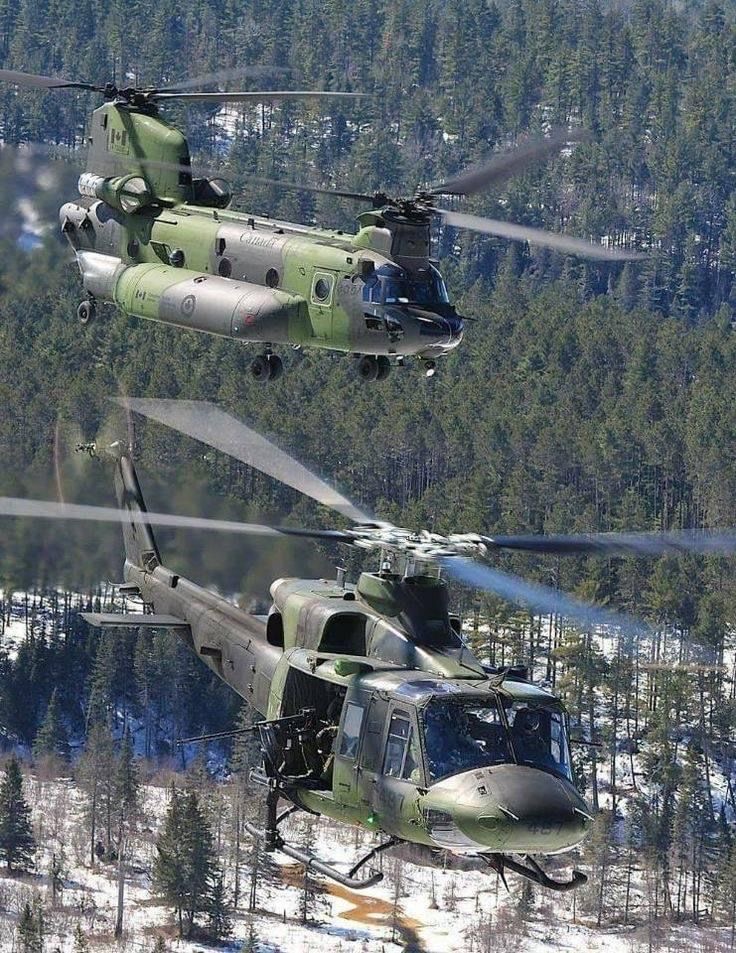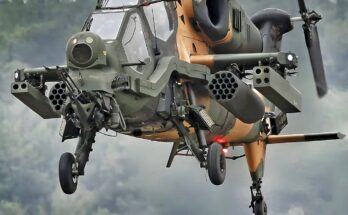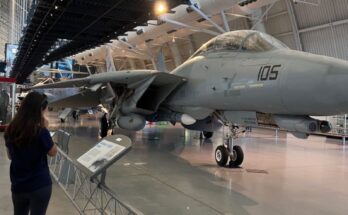
The CH-47 Chinook is one of the most iconic and enduring helicopters in military aviation history. Developed by Boeing Vertol in the early 1960s, the Chinook has served as the backbone of heavy-lift helicopter operations for more than half a century. Recognizable by its distinctive tandem rotor design, the CH-47 has proven itself as a versatile workhorse in combat, humanitarian, and logistical missions around the world.
The Chinook’s primary strength lies in its heavy-lift capability. Powered by two turboshaft engines mounted on either side of the rear pylon, the helicopter can carry more than 20,000 pounds of cargo internally or externally. Its three cargo hooks allow it to sling-load vehicles, artillery, supplies, or even other aircraft beneath its fuselage. Inside, the spacious cabin can transport up to 33–55 troops, depending on configuration, or serve as a flying hospital during medical evacuation missions. This adaptability ensures the Chinook can support nearly any military or humanitarian need.
The helicopter’s tandem rotor system gives it unique advantages. With two large rotors turning in opposite directions, the Chinook eliminates the need for a tail rotor, directing all engine power toward lift and thrust. This design allows for greater stability, especially when carrying heavy loads, and enables the aircraft to operate in demanding environments. From the deserts of the Middle East to the high mountains of Afghanistan, the Chinook has consistently proven its ability to fly in hot, high, and hostile conditions.
The CH-47 has also been extensively modernized throughout its service life. The latest version, the CH-47F, features upgraded engines, advanced avionics, digital cockpit systems, and enhanced survivability equipment. These upgrades ensure that the helicopter remains relevant on the modern battlefield, capable of working alongside advanced aircraft like the F-35 while continuing to perform missions no other helicopter can handle as efficiently.
Beyond combat, the Chinook has played a crucial role in humanitarian and disaster relief operations. Its ability to lift large amounts of cargo and land in austere environments makes it an essential tool for delivering aid after earthquakes, floods, or hurricanes. Whether moving sandbags to reinforce levees, transporting medical supplies, or evacuating civilians, the Chinook demonstrates that its value extends far beyond warfare.
The aircraft’s endurance and global presence are equally impressive. More than 20 countries operate the CH-47, and its continuous upgrades ensure it will remain in service well into the 2060s. This longevity is a testament to the helicopter’s robust design, adaptability, and the trust placed in it by armed forces worldwide.
In summary, the CH-47 Chinook is far more than just a helicopter—it is a symbol of reliability and strength. Its heavy-lift capability, tandem rotor system, and adaptability across diverse missions make it one of the most valuable aircraft in aviation history. Whether carrying troops into battle, delivering relief to disaster zones, or transporting supplies across unforgiving terrain, the Chinook has consistently lived up to its reputation as a helicopter that is truly ready for anything.
Would you like me to also create a comparison piece showing how the CH-47 stacks up against another famous helicopter, like the UH-60 Black Hawk?


